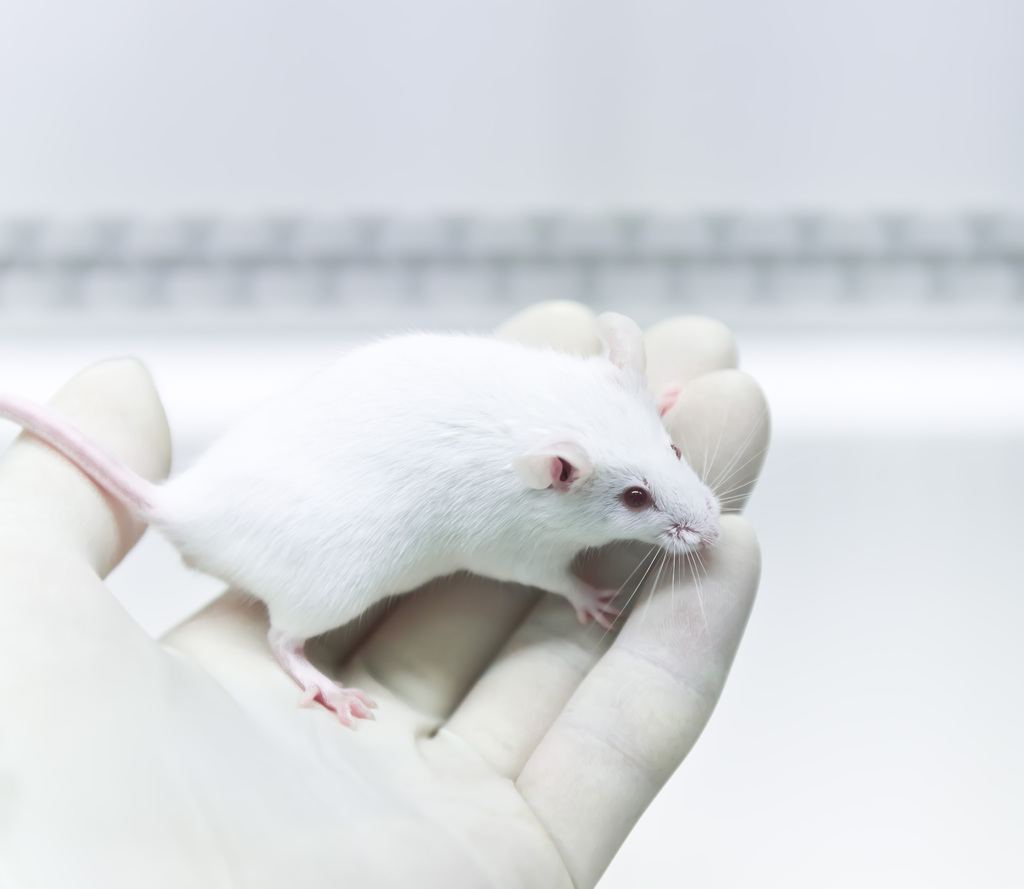New Compound Improves Clinical Outcomes in Mouse Models of SMA, Study Shows

A new molecular compound, called LDN-2014, increases and stabilizes the levels of the survival motor neuron (SMN) protein, improving clinical outcomes in mouse models of mild and severe forms of spinal muscular atrophy (SMA), a study reports.
The study, “Intraperitoneal delivery of a novel drug‐like compound improves disease severity in severe and intermediate mouse models of Spinal Muscular Atrophy,” was published in Scientific Reports.
SMA comprises a group of neurodegenerative disorders characterized by the gradual loss of motor neurons — the nerve cells responsible for controlling voluntary muscles — in the spinal cord, leading to muscle weakness. It is normally caused by mutations in the SMN1 gene, which provides instructions for making the SMN protein that is essential for motor neuron survival.
In humans, there is a second gene similar to SMN1, called SMN2, that can also produce the SMN protein. SMN2 usually remains unaffected in SMA patients and is known to influence the course of the disease, depending on the number of copies present.
But unlike SMN1, only about 15% of the proteins SMN2 makes are functional and full-length. Instead, it tends to produce shorter, unstable versions of SMN lacking exon 7 through a process called alternative splicing. An exon is the coding sequence of a gene that provides instructions to make proteins; alternative splicing is the process of creating different proteins from the same gene.
Interested in SMA research? Check out our forums and join the conversation!
“SMN2 is an important disease modifier that makes for an excellent target for therapeutic intervention because all SMA patients retain SMN2. Therefore, compounds and small molecules that can increase SMN2 exon 7 inclusion, transcription [DNA conversion into RNA, the template for the production of a protein] and SMN protein stability have great potential for SMA therapeutics,” the researchers wrote.
So far, only Biogen‘s Spinraza (nusinersen), a disease-modifying treatment for SMA based on this idea, has been approved for use by the U.S. Food and Drug Administration. In the meantime, two other SMN2 splicing modifiers — Novartis‘ Branaplam and Roche and Genentech‘s Risdiplam — are being tested in clinical trials.
“Spinraza is showing significant improvements in [type 1] SMA patients and earlier treatment results in better responses. [But] there is still a need for further therapeutic options, as the SMA population is clinically diverse and not all patients respond similarly to Spinraza treatment,” the researchers said.
In this study, the research team from the University of Missouri and their collaborators set out to characterize the efficacy of LDN-2014, a new SMN2 splicing modifier compound, in mouse models of mild and severe SMA.
First, they observed that animals with severe forms of SMA treated with LDN-2014 had higher levels of the SMN protein in the brain and spinal cord than mice treated with a vehicle solution (control). However, SMN protein levels were identical in the muscles of LDN-2014- and vehicle-treated animals.
In addition, mice treated with LDN-2014 survived twice as long as those treated with the vehicle solution, and had an up to 30% longer lifespan than untreated animals. This increase in survival was also accompanied by significant weight gain and a remarkable improvement in muscle strength and motor function.
In mice with milder forms of SMA, LDN-2014 had similar effects, increasing their survival, lifespan, and body weight, and improving general posture and muscle strength.
“Based on these studies and our results, we propose that post-translational [after protein production] stabilization of the SMN protein may show a greater benefit in less severe SMA mice models, which could render them suitable to be of clinical benefit in combination with splicing modifiers and antisense oligonucleotides to prolong the time between treatments,” the researchers wrote.
“In summary, we conclude that LDN-2014 is biologically active in two important animal models of SMA, and although limited by its solubility [ability to dissolve], it expands this mechanistically distinct avenue for the treatment of SMA,” they concluded.







